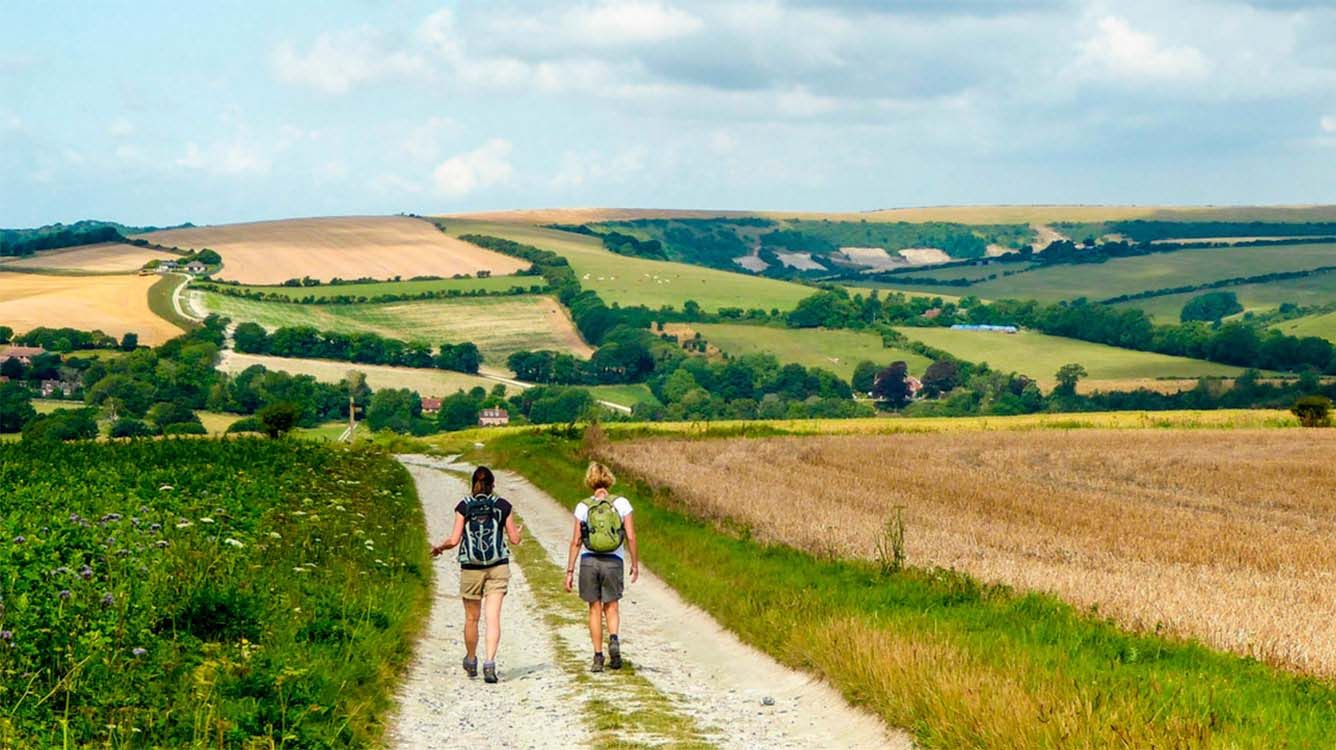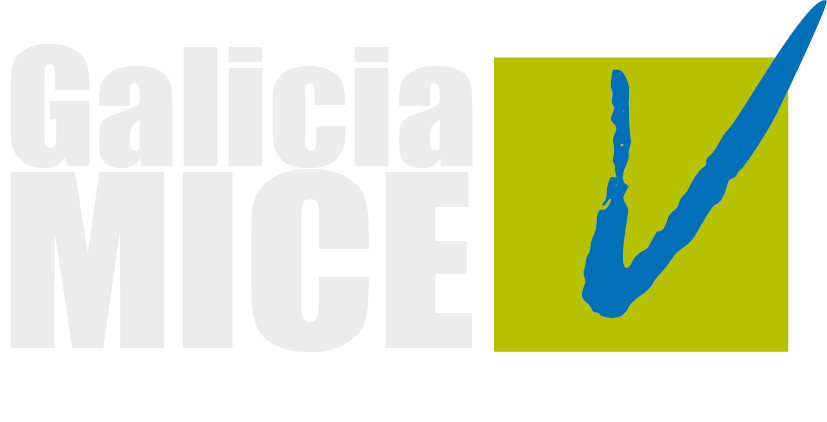The Camino de Santiago, an inspiration for events in Galicia
Those who have experienced the Camino de Santiago say that it is a source of inspiration and a way to connect with ourselves and others and with nature, art, and history. This thousand-year-old tradition can also inspire your team, your clients, and your event. Walking helps us think, observe our surroundings calmly, awaken our senses, and spark our creativity. There are many Caminos (different routes that lead to Santiago de Compostela- think “all roads lead to Rome”!), many experiences in every route, and many ways to experience it. We’d like to give you some ideas so you can find your Camino, the ideal experience that will allow you to reach your objectives and make an impact on your event attendees.

Corporate social responsibility (CSR) actions involving the Camino de Santiago
With 12 centuries of history, the value of the Camino is what makes it special. It is the oldest and most frequently travelled route on the old continent, and every pilgrim makes it their own, travelling their own Camino. That’s why before preparing the experience, the Trevisani agency works to foment a mental state among the participants that gets them involved, gets them thinking, and makes them start feeling like pilgrims way before embarking on their journey. Once in Santiago de Compostela, the experience begins. Every team member will be involved at the same level, because on the Camino, we are all equal, there is no hierarchy. One activity done after a conference was “adopting” a historic stretch of the Camino. In this venture, the participants carried out the cleaning and signage of a river bend area This is a CSR action that not only improves that part of the Camino, it also brings participants great satisfaction since they made this improvement possible. They feel like heroes of the Camino. In addition to cleaning up the area and caring for the environment, several volunteers in the group took it upon themselves to install wooden stakes to signalise the historic route. Once they finished their mission, they held a solemn inauguration ceremony, complete with a ribbon-cutting and emotional speeches, that triggered a feeling of belonging and pride among the attendees. To celebrate a job well done and recharge, they then went to a typical pazo (traditional house) to experience traditional Galician gastronomy.
Ecocamino for charity. This is another CSR and sustainability-related activity that the DMC Galicia Group Travel organises. It is a tour of a stretch of the Camino de Finisterre that aims to raise money for a charitable cause while also respecting the environment and helping take care of the Camino. The natural spaces and vegetation here are beginning to deteriorate due to the harmful behaviour of some of the thousands of pilgrims who do the route every year. The route starts in Alto do Vento, and after about 8 km, the group will arrive at the end of this leg of the Camino, Plaza del Obradoiro. There, the kilometres covered will be transformed into a donation that the company will make to the Fundación Andrea, which supports low-income families caring for sick children. During the route, at a series of strategic points, two characters related to the Camino will make their appearance, one historic and one more modern. First we will encounter the Medieval Knight of the Order of St. James of the Sword, who receives pilgrims at a spot along the beginning of the leg, welcomes them to the Pilgrim’s Way and to Gallaecia, the oldest kingdom in the Christian West, and describes the thousand-year-old pilgrimage tradition contained in the Codex Calixtinus. He will then give each pilgrim a scallop shell, explaining the symbology related to the Order of St. James of the Sword of both. Later, an “Ecopilgrim” will appear somewhere during the route, as if they were a normal pilgrim. Once the group reaches the end of the leg, the Ecopilgrim will reveal themselves as an undercover performer and congratulate them on finishing the Camino, working together, and creating closer ties with their colleagues. But above all, they will thank the attendees for having done it without damaging the environment and while respecting the philosophy of this inspiring route. Provisions (fresh fruit, nuts, energy bars, chocolate, water, etc.) can be found at stalls along the route.
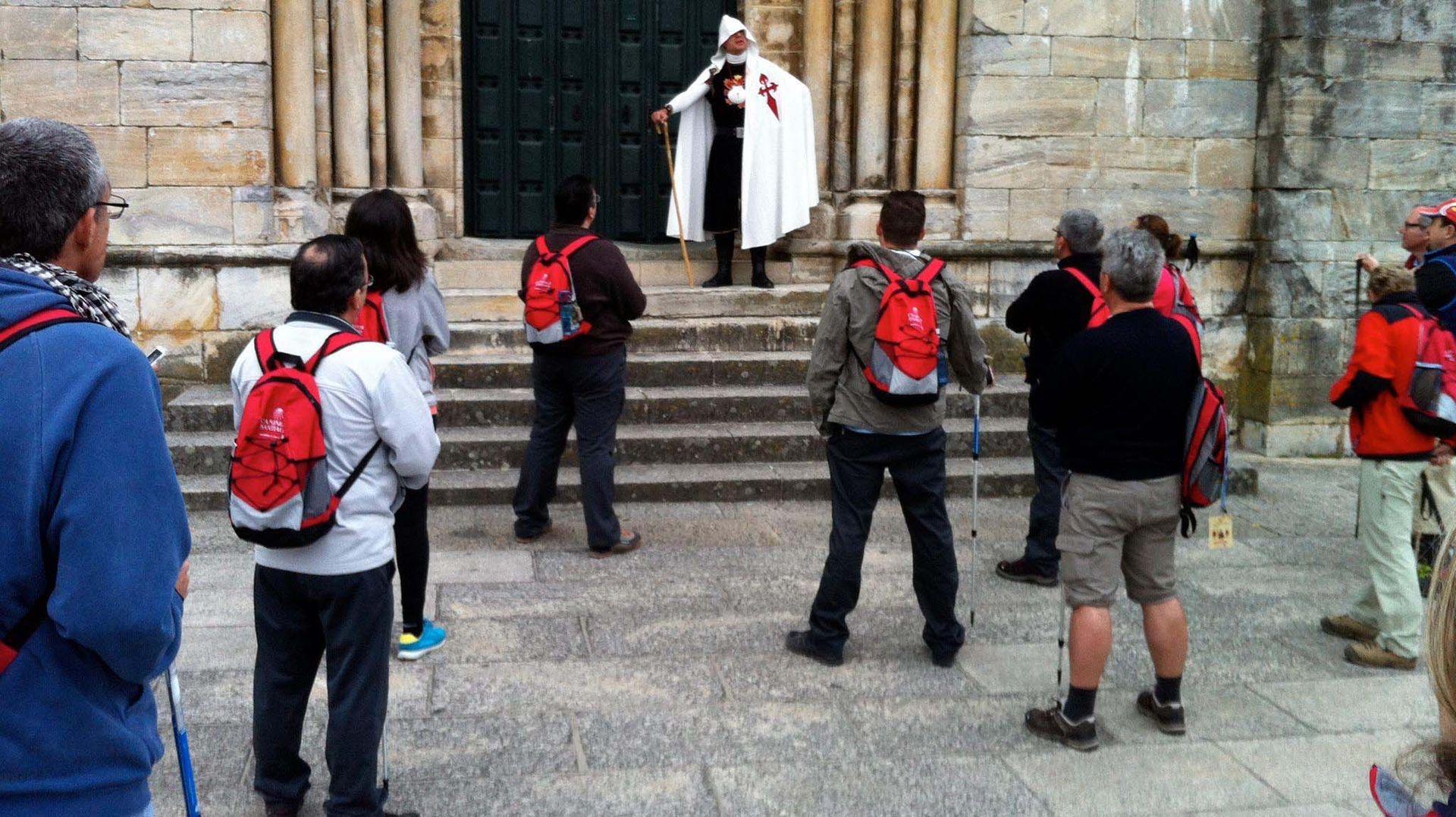
The nautical version of the Camino. An original and different way of doing a part of the Camino is by boat. Trevisani organised an experience in three schooners that crossed the estuary, with one part of the group arriving at Villagarcía and the other at Carril The passengers disembarked there to enjoy some seafood on the beach. With their feet in the water, they shared a delicious meal while chatting about the experience. Some had never been on a boat before and their first experience involved tasks like hoisting the sails, weighing anchors, controlling the rudder, etc. It is an amazing seafaring adventure that made quite an impact on the participants.
It is an intense experience that connects culture, tradition, and the Galician gastronomy, because wherever they went they got to try the flavours of Galicia, its cheeses, meats, and garden vegetables. But, of course, they never lost sight of the goal of reaching Santiago! In addition, the experience can be rounded out with activities like kneading bread, collecting local products, participating in the harvest, bathing in the forest, mindfulness sessions in a carballeira (chapel in a natural setting), and feeling the earth. All the different Caminos lead to Santiago de Compostela. Here, we recommend attending a pilgrim mass and seeing the famous Botafumeiro (incense burner) swinging over one side of the Cathedral to the other. It’s definitely something worth seeing!
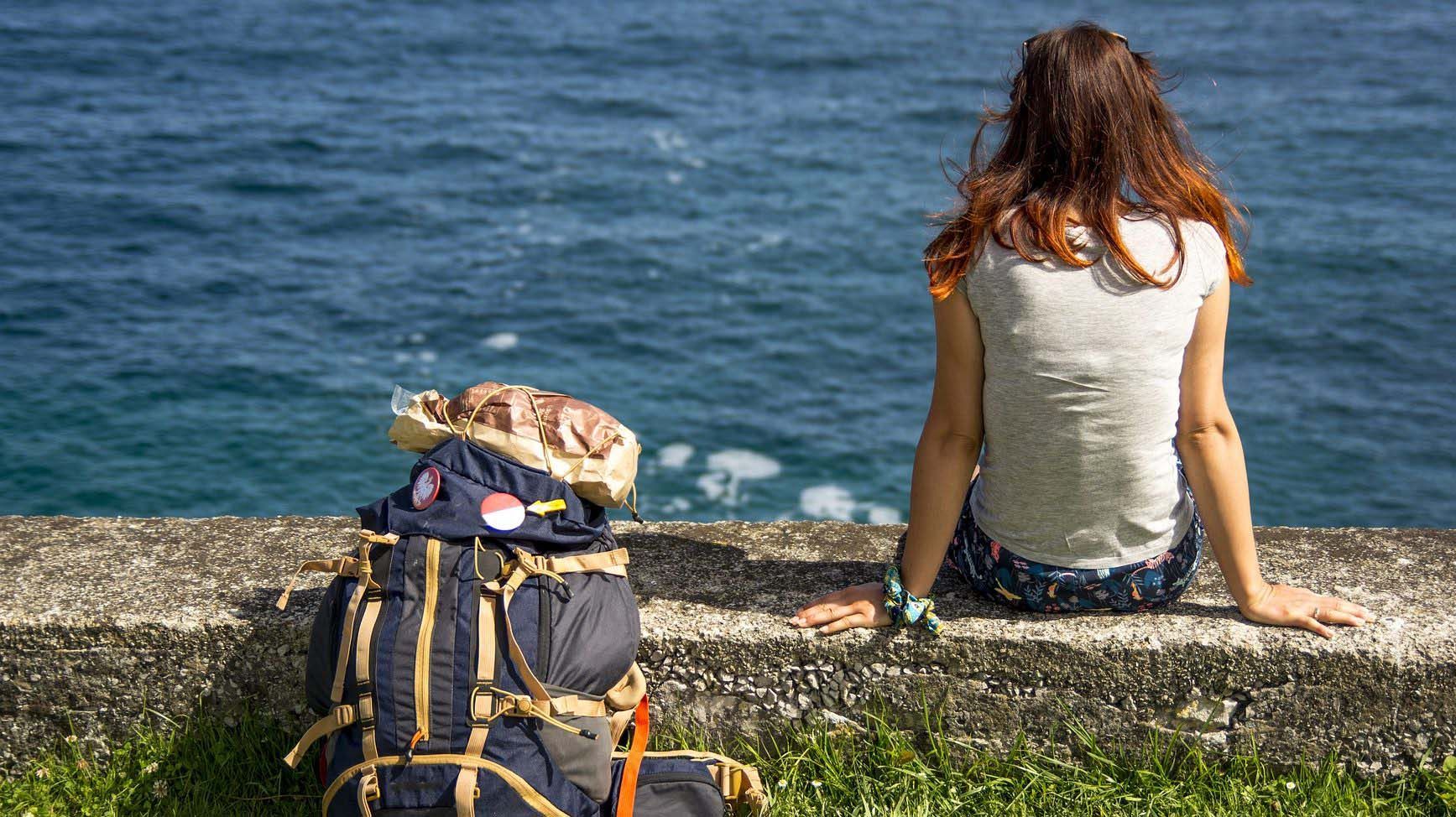
The Camino Experience consists of covering the last legs of the Camino de Santiago as a group on foot, with one clear goal: to reach Compostela as a team. Independently of the motivation each person might have when starting the Camino, what everyone will have in common is that they will find it to be a true challenge. The difficulties encountered along the way, the pain, the scrapes and bruises, the satisfaction of reaching the destination… these all call for strengths that can only be found in a good team: clear, shared goals, a high level of commitment, determination, leadership, and cooperation.
There are several alternative trips that can be taken, depending on the days the company has available: doing the last 100km from Santiago (7 days/6 nights), 60km from Palas de Rei (4 days/3 nights), or just the last leg of the Camino (one day). If what you’re looking for is a transformative experience, the best thing is for the group to do a minimum of 3 legs. They will have breakfast, walk the whole morning, and have lunch together, and the afternoon and evening can be used to organise internal meetings. For this, DMC Galicia Group Travel sets up meeting rooms in rural environments, making the Camino the ideal setting for a retreat.
The English Camino. Even though it’s one of the oldest, linking the north of Europe with Compostela, this route has lost relevance, perhaps due to its peculiarity of being maritime and overland (about 70 km are on foot). After 11 years without a “Holy Year”, Océano Azul turned things around and created an experience in which Camino experts and tourism and gastronomy journalists participated. It’s one of the best values in Galicia. This experience begins at the Hotel Hesperia Finisterre, where the participants presented the unique points and added values of the English Camino and shared experiences about the particulars of making it more attractive and how to make it more widely known. After that, they went to do the 3 legs of the Camino (overland this time), theatricalising some stretches, staging Galicia’s organic production, and including stops to enjoy the gastronomy. In 2021, there will be EcomWay, a Communication 2.0 experience along the English Camino to get to know its culture, heritage, and gastronomy, while caring for the environment during the journey to help raise awareness among pilgrims and fight bad habits.
The Portuguese Camino and its heritage. Seeing its monuments, museums, and pazos (traditional Galician houses) is another of the Camino’s treasures. Tee Travel organises experiences linked to the different Caminos, like this one along the Portuguese Camino, in which you’ll arrive at the Pazo de Faramello. There, you will go along a river canyon that goes through the pazo, visit its Baroque chapel, a stone cross from the 18th century, in addition to its French gardens, the industrial mills from the first paper factory in Galicia, wooden and stone bridges, and gardens full of hydrangeas and camellias. A glass of wine is a welcome ending to this tour. After the visit, you will head to Padrón, where you will get to know its heritage. There will also be time to try its famous peppers. You can also visit the Rosalía de Castro Museum House, the Botanical Gardens, the Convent of Carmen, and the Church of Santiago El Mayor, which has a Roman altar under the altar known as “El Pedrón” (literally, the big rock), which is key to understanding the relationship between apostle James and the Camino de Santiago.
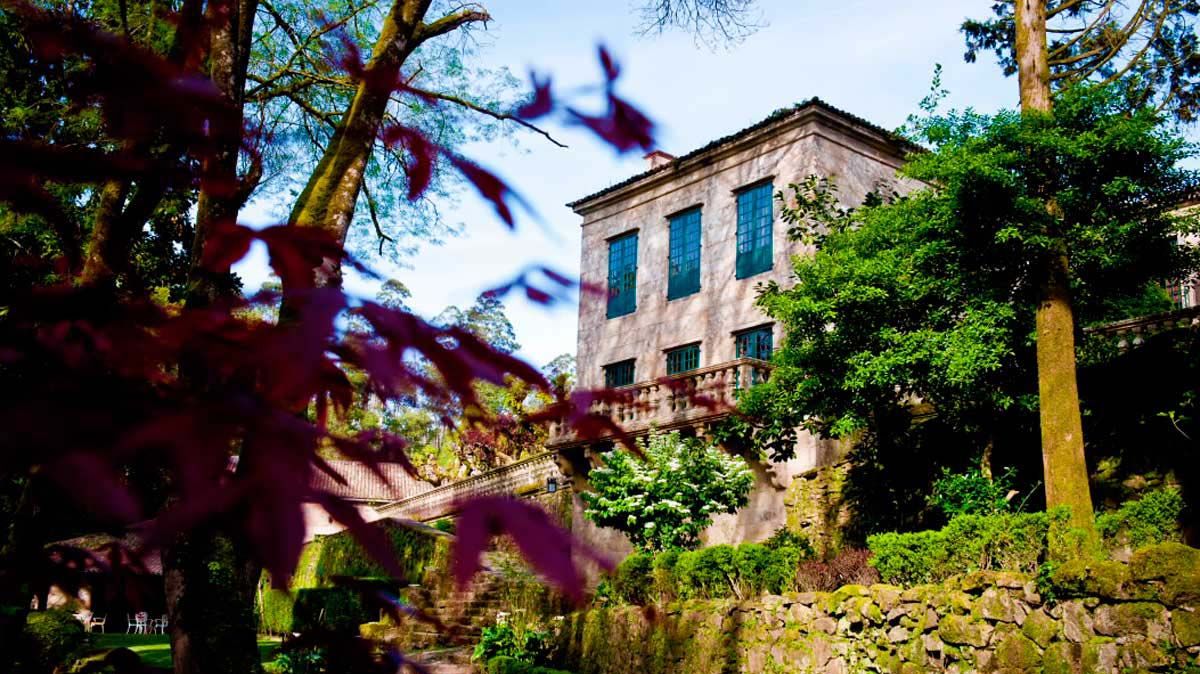
The Camino de Santiago can be experienced in several ways, such as those presented by Abramar MICE. One way is on horseback, taking a route that can be adapted to the needs of the company and the attendees. We ride about 35 kilometres a day, enjoying nature from the backs of horses that are well-adapted to the terrain, mostly native breeds, until reaching Santiago de Compostela. To do the Camino on horseback, the pilgrim doesn’t need to be an expert rider, but they do need to have certain experience riding horses. In addition, each will be in charge of their own horse, taking care of brushing and saddling them, as long as they want to do so.

Another is on bike, also offering a tailor-made route with legs adapted to the needs of the client. Months prior, the pilgrims are asked for their measurements to establish the sizes of the bicycles, which can be normal or electric, so that they are as comfortable as possible for the participants. This option also includes an assistance car and trailer service, with driver and mechanic. It can also optionally include a guide for the whole trip, which will take the guests to places that will surprise them.
One option that is particularly consistent with the spirit of the Camino de Santiago is using it as a resource for training and reflection, with coaching and mindfulness activities to focus on the present, on the “here and now”. The idea is to use the different legs of the Camino as support to improve in different personal and professional areas, while being in contact with nature, walking, and observing your surroundings to experience new sensations, connections, and improvements in things like concentration, creativity, empathy, etc. We also organise training and team-building sessions during the journey. This experience can be rounded out with cultural and gastronomic recommendations to get more acquainted with the Galician culture. And thanks to the variety of establishments, it’s also possible to do this in both guesthouses or more upscale hotels, rural houses, or even Paradores (luxury historic hotels).
